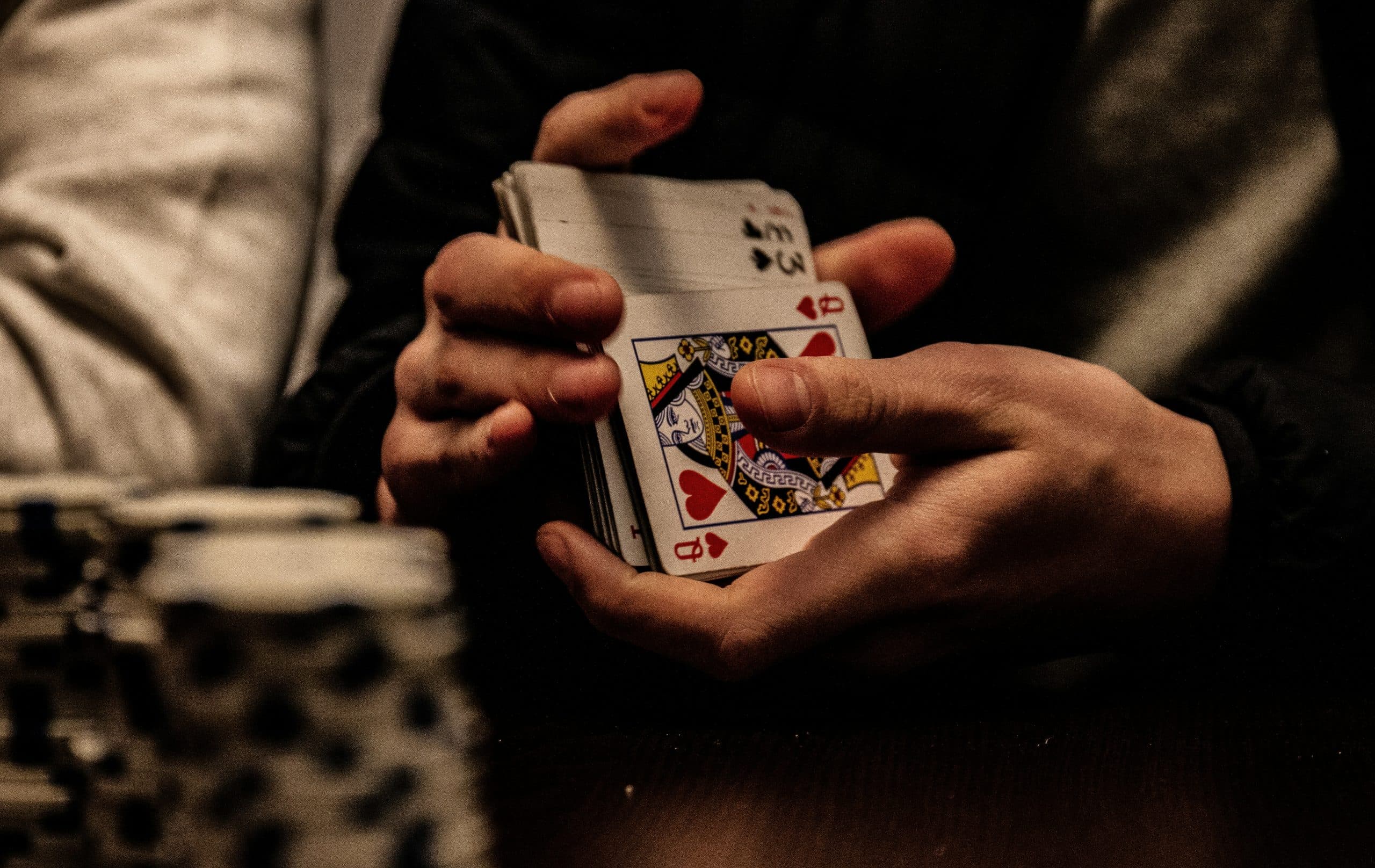Bluffing in poker is an art form—but if done wrong, it can make you look like a total amateur. Whether you’re playing online or face-to-face, there’s a fine line between a successful bluff and a cringe-worthy one. But don’t worry—you don’t need a poker face like Daniel Negreanu to pull it off. You just need timing, awareness, and a bit of courage.
Let’s dive into how to bluff in poker the right way—without embarrassing yourself at the table.
What Exactly Is a Bluff?
In poker, a bluff is when you bet or raise with a hand that isn’t likely to win—hoping your opponent will fold a better hand. Bluffing can win you pots you have no business winning, but it can also backfire if overused or poorly executed.
So, when should you bluff? The answer lies in understanding your opponents, the game flow, and the story your bet is telling.
Step One: Know When Not to Bluff
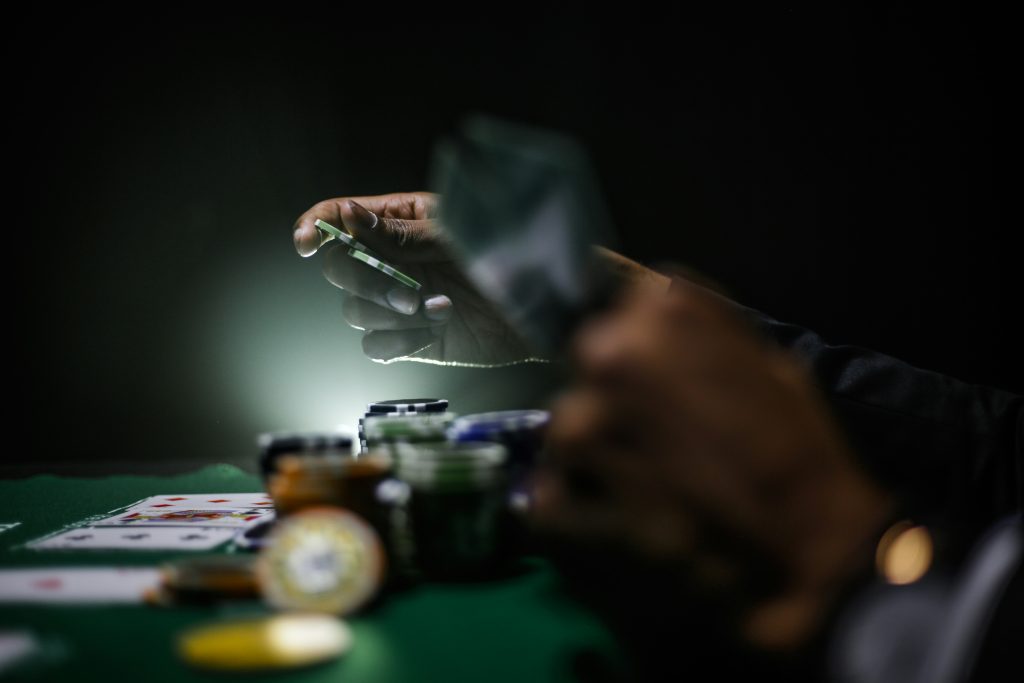
Before we even talk about how to bluff, it’s important to know when bluffing is a terrible idea.
Avoid bluffing when:
- You’re at a table with calling stations (players who never fold).
- There are multiple opponents still in the hand.
- You’ve just lost a big pot and look desperate.
- You’re bluffing every other hand. (You will get caught.)
- You’re playing at the lowest stakes online where people love to call “just to see.”
In these cases, it’s better to play solid and wait for strong hands.
Step Two: Understand Table Image and Timing
Your table image is what people think of your playing style. Are you a tight player who only enters pots with strong hands? Then your bluffs will be more believable. If you’ve been betting like a maniac all night, no one will take your bluff seriously.
Pro tip:
Use your image to your advantage. If you’ve been quiet and suddenly raise big on the river, it screams “monster hand”—even if you’re holding seven-high.
Timing is also crucial. Bluffing works best when:
- The board looks scary (like three of the same suit or a possible straight).
- Your opponent shows weakness (like checking twice).
- You’ve represented a strong hand consistently through the streets.
Step Three: Tell a Believable Story
The most successful bluffs are the ones that make sense.
Let’s say the board comes:
- Flop: ♠K ♠9 ♥3
- Turn: ♠J
- River: ♠5
If you raised pre-flop, bet on the flop and turn, and then shove on the river—you’re telling a story that says, “I have a flush.” Whether you actually do or not is another matter.
But if you suddenly wake up with a huge river bet after being passive the whole hand, your story doesn’t add up. And good players will sniff it out.
Keep in mind:
Every bet should support the narrative. Don’t just bluff because you feel like it—bluff because the situation makes your hand look strong.
Step Four: Know Your Opponent
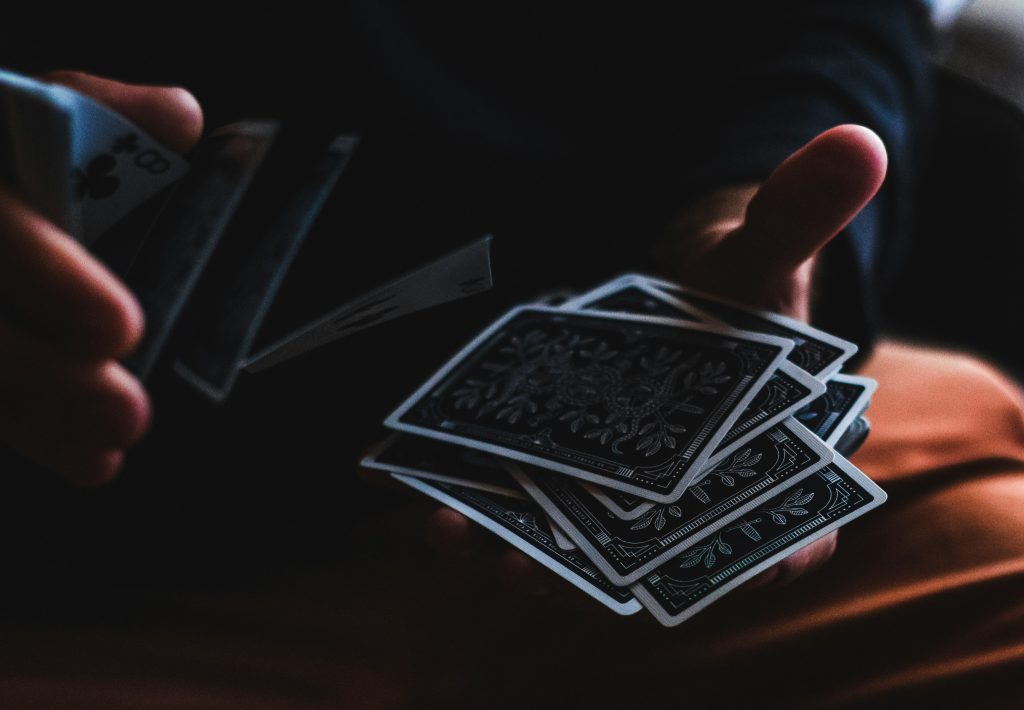
Bluffing is more about your opponent than your cards.
- Against tight players, bluffs are more likely to succeed because they fold often.
- Against loose players, bluff less—they’ll call you with bottom pair.
- Against thinking players, mix it up. These are the opponents you can really mess with (and learn from).
The key is to watch how each player reacts to different board textures, bet sizes, and timing. Then you can tailor your bluff accordingly.
Step Five: Choose Your Bluffing Spots Wisely
Not all hands are worth bluffing. Sometimes you can turn a weak hand into a semi-bluff, which has a higher chance of success.
What’s a semi-bluff?
It’s when you bet with a hand that’s weak now, but has the potential to become strong—like a flush or straight draw.
For example:
You have ♣A ♣6 and the flop is ♣Q ♣J ♦4. You don’t have anything yet, but you’ve got a flush draw. If you bluff here and your opponent folds—great! If they call and you hit your flush—jackpot.
Key bluffing spots:
- Missed draws on the river where your opponent shows weakness.
- Continuation bets (C-bets) on the flop when you raised pre-flop.
- When you block your opponent’s likely strong hands (e.g., holding the ace of a suit when a flush is on board).
Step Six: Control Your Bet Sizing
Bluffs don’t need to be huge to work. A good bluff is all about what it represents.
- Small bet: Can look like a value bet, but risks getting called too often.
- Medium bet: Usually the sweet spot. Big enough to be scary, small enough to save you chips if it fails.
- Large bet: Can work well on rivers, but only if your story is solid and you’re confident your opponent can fold.
Avoid “over-bluffing” with pot-sized bets on every street unless you know exactly what you’re doing.
Step Seven: Stay Calm and Unreadable
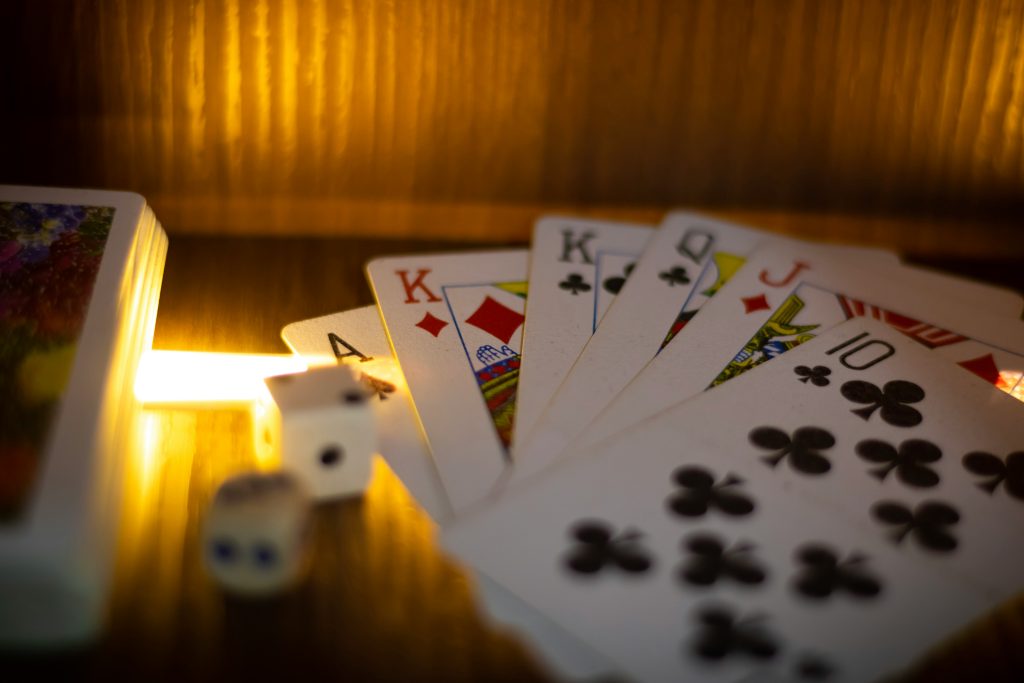
If you’re playing live poker, bluffing becomes a bit more theatrical. You have to control your body language, breathing, and facial expressions.
Don’t:
- Fidget nervously.
- Avoid eye contact abruptly.
- Change your betting rhythm when bluffing.
Instead, maintain the same demeanor you use when betting with strong hands. And don’t stare down your opponent unless you’re confident it adds to the intimidation factor.
Online players? You’re safe from physical tells, but bet timing and patterns still matter. Don’t suddenly take 10 seconds to bet when you usually act instantly—it’s suspicious.
Should You Ever Show Your Bluff?
Every poker player’s ego wants to flip over a bluff and say, “Gotcha!” But resist the urge unless you’re trying to manipulate your table image.
Showing a bluff can:
- Make you look fearless (which can tighten opponents up).
- Ruin your future bluffing chances (if people start calling you down).
Use it sparingly—and only if it serves a long-term purpose.
Final Thoughts: Bluff Like a Pro, Not a Clown
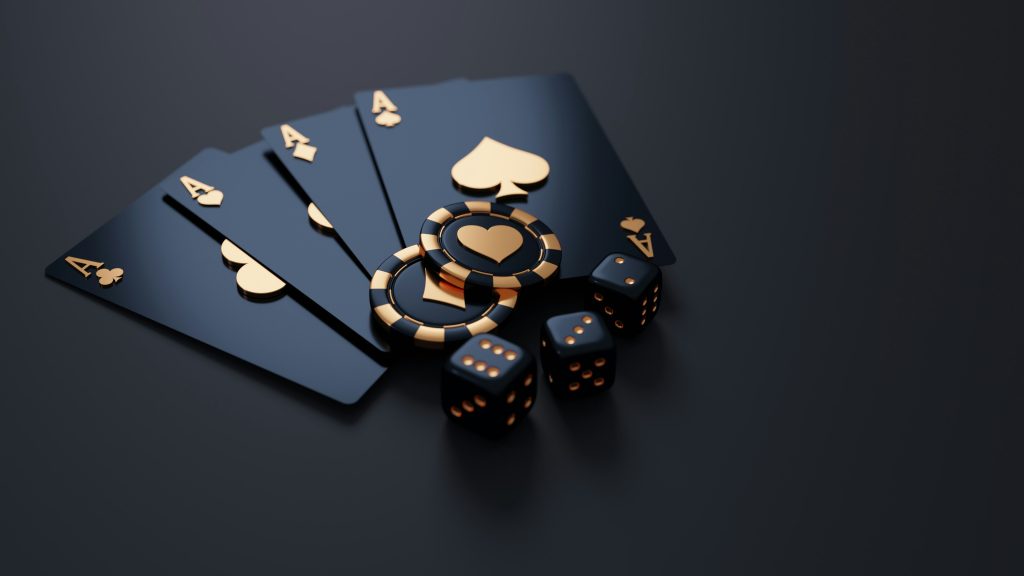
Bluffing in poker is like seasoning in cooking—just the right amount makes everything better, but too much ruins the whole dish. Smart bluffing is less about luck and more about logic, timing, and storytelling. By observing your opponents, picking your spots, and backing up your bluffs with believable actions, you’ll become a player to watch—and avoid looking like a fool in the process.
So, the next time you’re staring down a scary board with nothing but air, ask yourself:
“Does my story make sense?”
If the answer is yes—bluff away.

